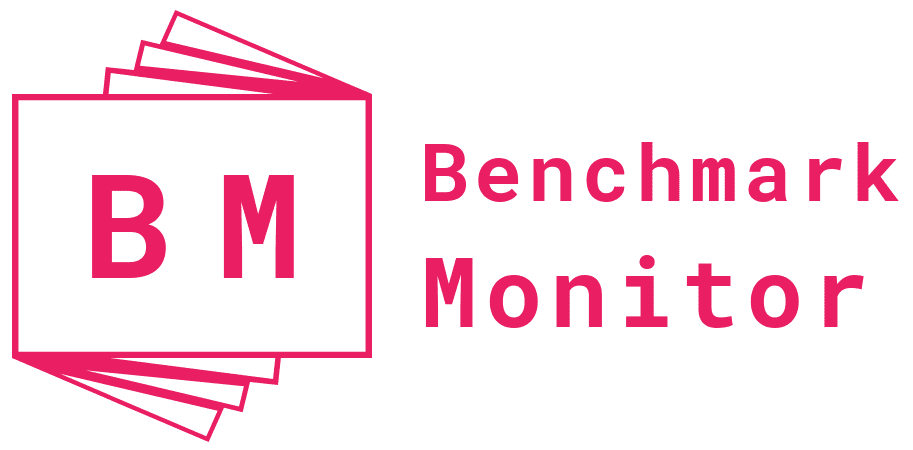Laser cutting is an advanced technology. It is employed in many sheet metal fabrication project. A fabricator can use many different methods to cut metal. Laser cutting is however a very advanced option, which makes it so popular. On top of that, fabricators usually choose laser cutters since they have a great ability to produce precise cuts at speeds that other methods simply cannot handle. Using later cutters for sheet metal fabrication project has even more advantages, as you can read below.
Quality precision
Table of Contents
Laser cutting can create very small cuts at tight tolerances. This is, of course, a benefit, although it has a downside too. The more precision you want, the shower the laser will move. However, this extremely detailed capacity still is unique to laser cutting. If you need intricate cuts, laser cutting is definitely the method you should use. On top of that, all laser cut curves and edges will be sharp, clean, and smooth. This means that there will be barely any burring since the laser melts instead of physically cutting the metal, which is usually the case with CNC machining.
Competitive pricing
The laser cutting costs is based on operation, machine, and labor costs. Laser cutting is an automated process, so the labor costs will be minimal. However, the machine and operation costs are a bit higher. These are still average when you compare it to other cutting methods, thankfully. Outsourcing laser cutting is usually the most effective way for a lot of projects. This is the case since the laser cutting machines are typically very expensive. Laser cutting is not the cheapest cutting technology available in general, but it is definitely affordable for most sheet metal fabrication project.
Versatility
The combination of speed, automation, precision, and cost make laser cutting a very good choice for any project or product. This makes many routine tasks and projects easy. This for example includes industrial orders and larger cutouts, but also delicate designs and prototypes. The lasers are able to make tabs, slots, holes, and other cut fabrications. The cutting process will not have to be interrupted in order to create these fabrications. On top of that, the extreme precision will allow tight tolerances on complexly detailed designs. Does your design not require tight tolerances? The laser can then move in a quick manner. The products will be produced way faster in this case.

